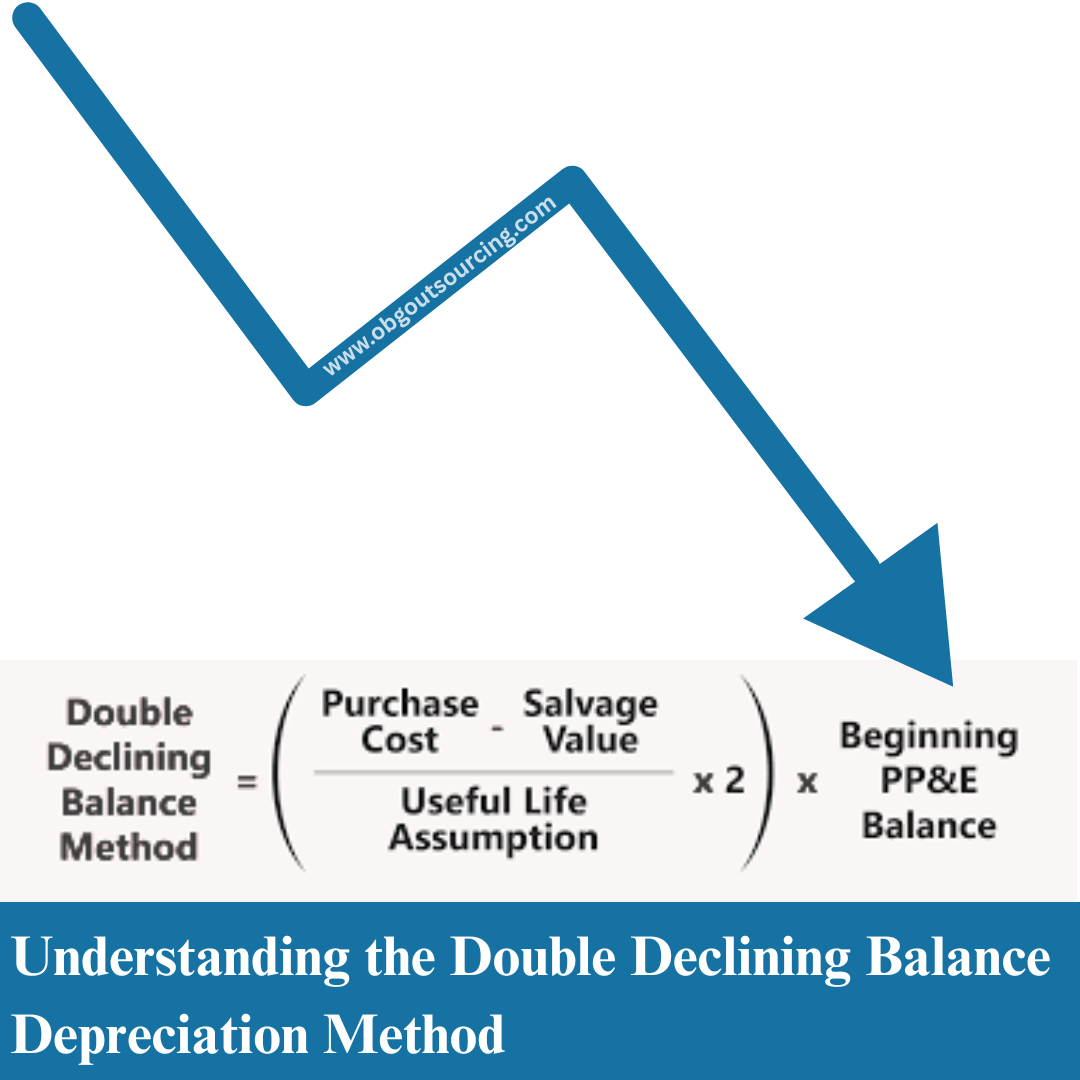Depreciation is a fundamental accounting concept that allocates the cost of tangible assets over their useful lives. Among various depreciation methods, the Double Declining Balance (DDB) method stands out for its accelerated approach, allowing businesses to depreciate assets more rapidly in the initial years. This method is particularly beneficial for assets that lose value quickly or become obsolete faster.
What is the Double Declining Balance Method?
The Double Declining Balance (DDB) method is an accelerated depreciation technique. Unlike the straight-line method, which spreads the depreciation evenly over the asset's useful life, DDB front-loads the depreciation expense. This means higher depreciation charges in the early years and progressively lower charges in the later years.
Why Use the Double Declining Balance Method?
Accelerated Depreciation: DDB allows for a faster write-off of assets, which can be advantageous for tax purposes.
Matching Revenue and Expenses: For assets that generate more revenue in their early years, DDB aligns the depreciation expense with the asset's revenue-generating potential.
Reflects Actual Usage: Assets like vehicles or technology equipment often lose value quickly; DDB mirrors this real-world depreciation.
How to Calculate Double Declining Balance Depreciation
The DDB method involves a few straightforward steps:
Determine the Straight-Line Depreciation Rate:
Straight-Line Rate=1Useful Life of the Asset\text{Straight-Line Rate} = \frac{1}{\text{Useful Life of the Asset}}Straight-Line Rate=Useful Life of the Asset1?
Calculate the Double Declining Rate:
DDB Rate=2×Straight-Line Rate\text{DDB Rate} = 2 \times \text{Straight-Line Rate}DDB Rate=2×Straight-Line Rate
Compute Annual Depreciation Expense:
Depreciation Expense=DDB Rate×Book Value at Beginning of Year\text{Depreciation Expense} = \text{DDB Rate} \times \text{Book Value at Beginning of Year}Depreciation Expense=DDB Rate×Book Value at Beginning of Year
Note: The book value should not fall below the asset's salvage value.
Example: Double Declining Balance Depreciation
Consider an asset with:
Cost: $10,000
Useful Life: 5 years
Salvage Value: $1,000
Year 1:
Book Value: $10,000
Depreciation: $10,000 × (2/5) = $4,000
Ending Book Value: $10,000 - $4,000 = $6,000
Year 2:
Book Value: $6,000
Depreciation: $6,000 × (2/5) = $2,400
Ending Book Value: $6,000 - $2,400 = $3,600
This process continues until the book value approaches the salvage value.
Advantages of the Double Declining Balance Method
Tax Benefits: Higher depreciation expenses in the early years can reduce taxable income.
Better Matching: Aligns depreciation expense with the asset's usage and revenue generation.
Reflects Asset Usage: Suitable for assets that depreciate faster in the initial years.
Disadvantages of the Double Declining Balance Method
Complex Calculations: More intricate than the straight-line method.
Lower Net Income Initially: Higher depreciation can lead to reduced net income in the early years.
Not Suitable for All Assets: May not be appropriate for assets that depreciate evenly over time.
When to Use the Double Declining Balance Method
Rapidly Depreciating Assets: Ideal for assets like vehicles, computers, or machinery that lose value quickly.
Tax Strategy: Businesses looking to defer tax liabilities may benefit from accelerated depreciation.
Matching Expenses: When an asset's productivity is higher in its early years, DDB ensures expenses align with revenues.
Tools and Resources
For ease of calculation, consider using online tools like the Double Declining Balance Depreciation Calculator which automates the process and ensures accuracy.
Conclusion
The Double Declining Balance method offers a strategic approach to depreciation, especially for assets that diminish in value rapidly. By understanding its mechanics and applications, businesses can make informed decisions that align with their financial strategies and tax planning.
 USA
USA UK
UK Australia
Australia UAE
UAE Canada
Canada

_(7).jpg)
_(6).jpg)


_(5).jpg)
.jpg)
_(4).jpg)
_(1).jpg)
_(2).jpg)
.png)